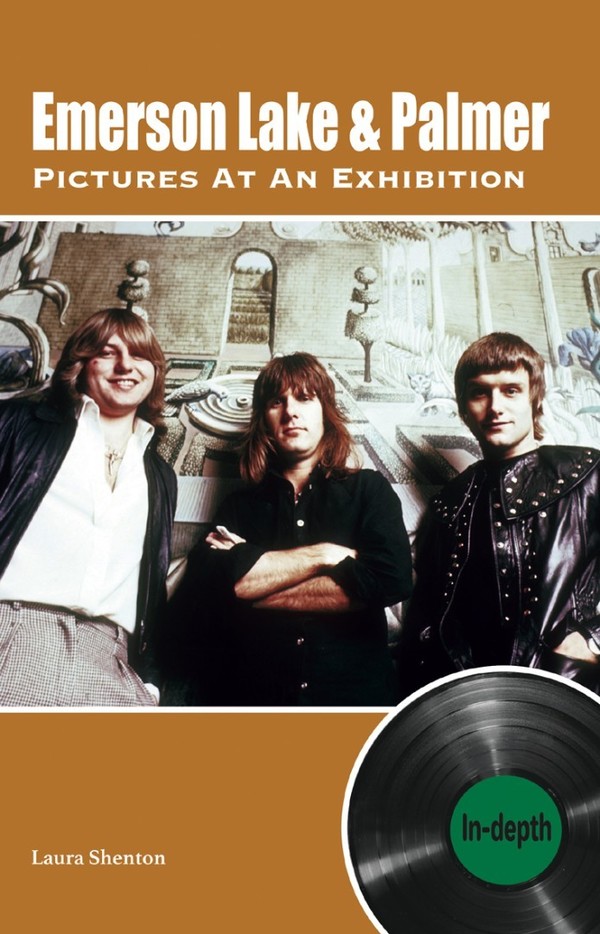
LAURA SHENTON – Emerson Lake & Palmer Pictures at an Exhibition: In-Depth
- by J.N.
- Posted on 21-09-2021
This is an interesting little book by author Laura Shenton that fans of Emerson, Lake and Palmer as well as lovers of prog rock in general ought to find worthy of exploring in more detail. In all honesty, I was not terrible impressed by Shenton’s book on the late, great Cozy Powell (Rainbow, Whitesnake, Black Sabbath), but luckily, her 112-page piece on ELP’s captivating prog rock offering "Pictures at an Exhibition" possesses a better flow and is a more rewarding reading experience.
The premise and purpose of these "In-depth" books is quite simple in that it is all about shedding light on and discussing a musically stunning record that deserves closer inspection and more praise than what has been heaped upon it previously. It could be anything from an overlooked gem to a controversial output by a group. Personally, I am a sucker for that kind of thing as I love it when there is such a singular focus on something as specific and concrete as one particular album. As the author points out in in the introduction, "Pictures at an Exhibition" is "the underdog of Emerson, Lake and Palmer’s longstanding discography", and given that ELP essentially adapted a known piece by Russian composer Modest Petrovich Mussorgsky to their own fiery brand of prog rock speaks volumes about the levels of ambition and creativity that existed within the band at the time. Performed live and recorded for posterity at Newcastle City Hall in March 1971, the live album is definitely something out of the ordinary and Shenton highlights several different aspects of it in her study of its relevance, importance, and status then and now.
Now, the book’s two main flaws are that Shenton’s own voice is hardly ever present throughout and that she ought to have injected more subjective thoughts and opinions into the thing as opposed to relying so heavily on how various critics and journalists and whatnot have approached ELP’s live LP over the years. As much fun as it is to read numerous quotes and phrases from newspapers and music magazines and the likes from the early 70s, the very format that Shenton has opted for can be somewhat monotonous at times. The most revelatory remarks and illuminating comments are those that are lifted from different interviews with ELP themselves dating from their early 70s heyday and up until the late 2010s. Perhaps the best part of Shenton’s examination of the LP is that it made me revisit the record and approach it from different angles, which, really, is the main purpose and aim of a book such as this one.
